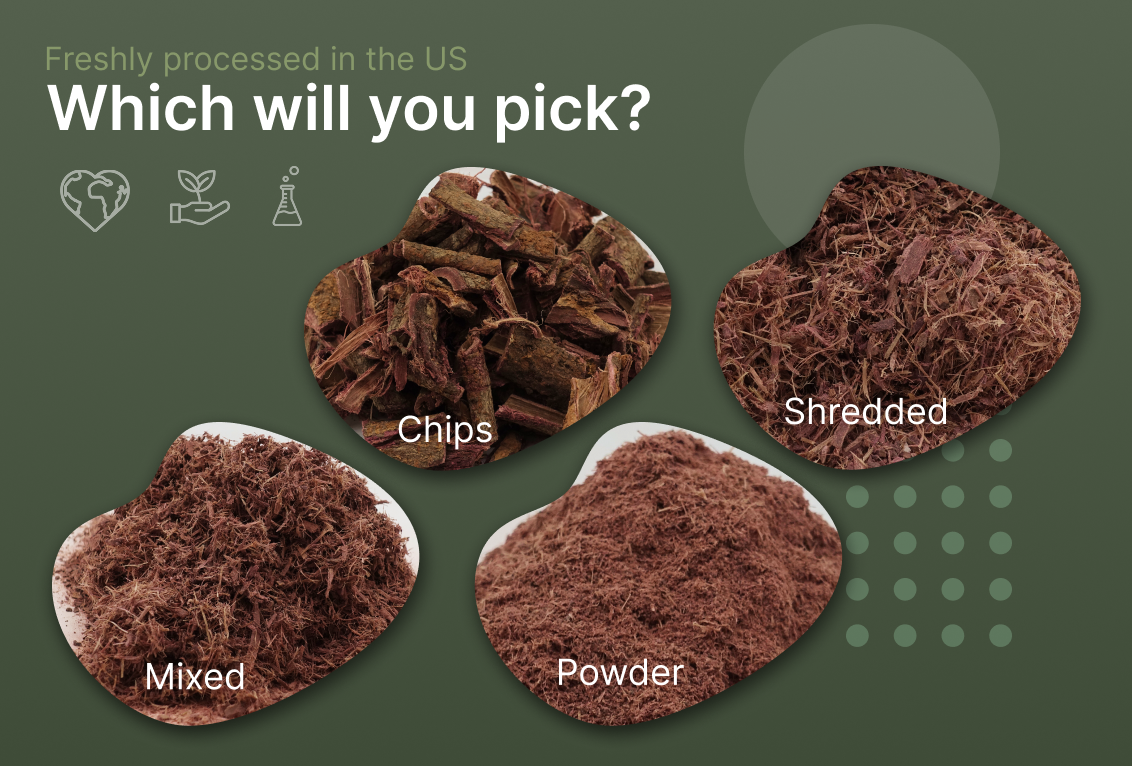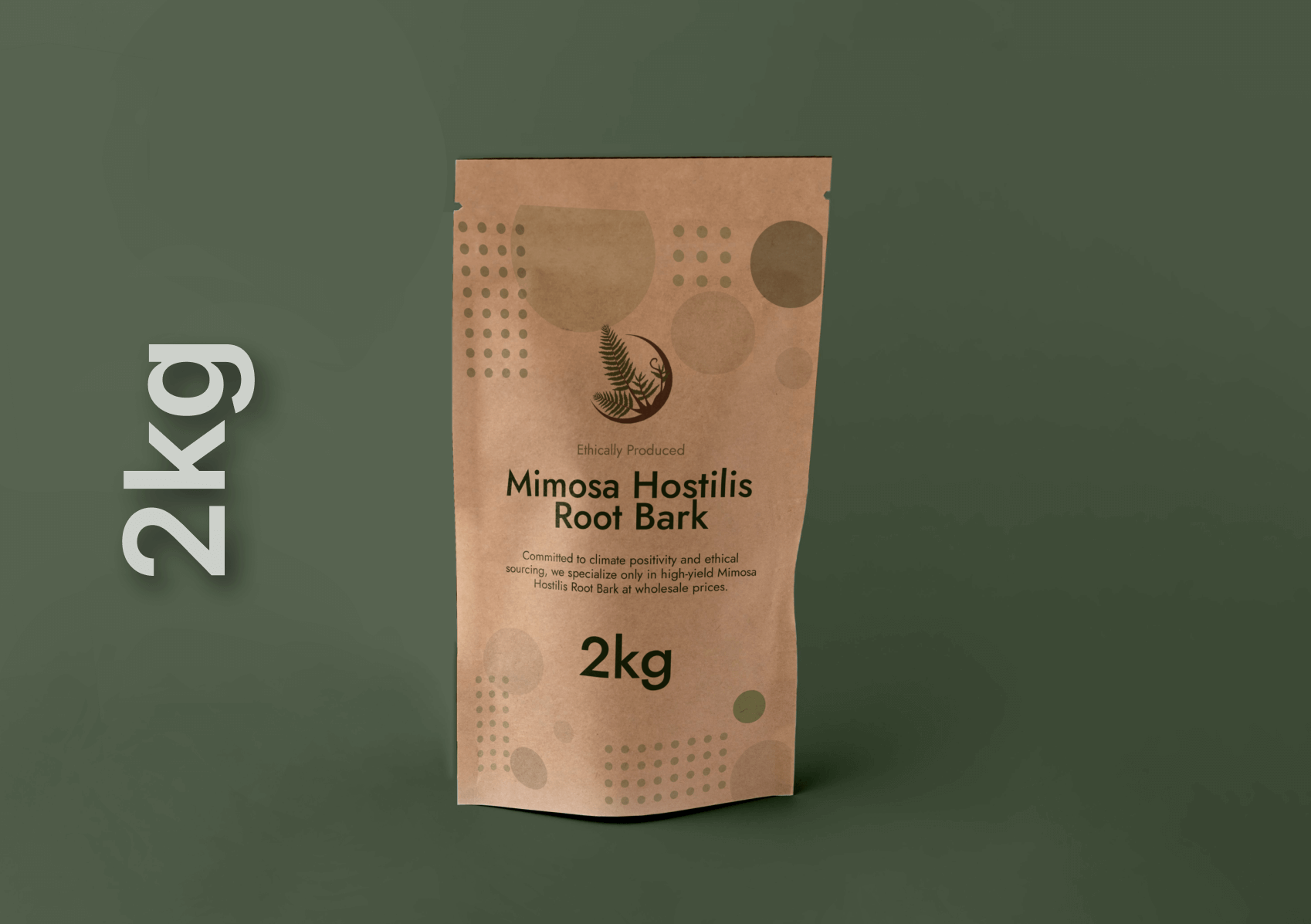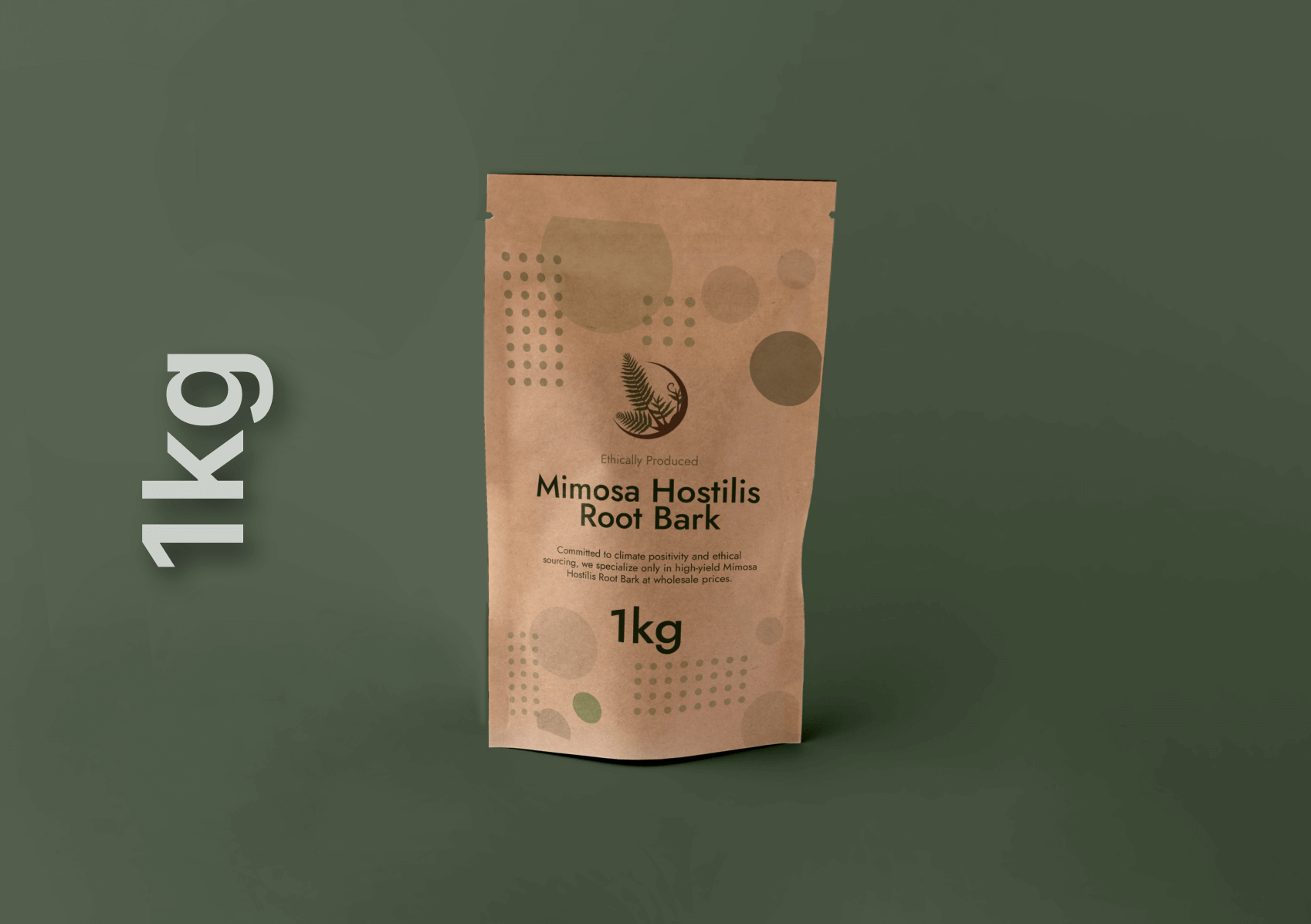Tepezcohuite (botanical name Mimosa tenuiflora) is a traditional botanical—often called the “skin tree”—used for its wound-healing, regenerative, anti-inflammatory, and antioxidant effects. Modern formulations appear in creams, serums and dressings that aim to accelerate tissue repair, soothe irritation, and support skin barrier recovery. Clinical evidence is promising but limited; a few randomized and comparative trials suggest benefits for ulcer and wound healing, while broader claims (anti-aging, acne) remain supported mainly by laboratory data and ethnobotanical use.
What Tepezcohuite actually is
Tepezcohuite is the dried bark extract of the Mimosa tenuiflora tree. The bark is rich in polyphenols, tannins, flavonoids and other bioactive compounds that are thought to explain its effects on skin physiology—principally antioxidant activity, reduction of local inflammation, and support of tissue regeneration. These phytochemicals are the biochemical backbone for the ingredient’s use in both traditional medicine and contemporary skincare formulations.
Key skin benefits (what the science and tradition show)
1. Accelerates wound healing and tissue regeneration
Tepezcohuite has a long history of use for treating burns and skin lesions in Mexico and Latin America. Controlled clinical work — including randomized comparative trials and hydrogel studies — has demonstrated improvements in wound closure and cicatrization in some settings such as venous leg ulcers and burn care. These trials indicate a measurable clinical effect when tepezcohuite is formulated appropriately (e.g., hydrogels or topical extracts).
2. Antiseptic and barrier-supporting properties
Historically the MHRB powder was applied directly to damaged skin to reduce infection risk and promote clean healing. Modern analyses point to mild antiseptic and barrier-supportive activity, consistent with its traditional applications in burn units and emergency wound care. These actions help reduce scab formation time and support a healthier healing environment.
3. Anti-inflammatory and soothing
Compounds in tepezcohuite exhibit anti-inflammatory effects in lab models, which translate into reduced redness and irritation when used topically. That makes the ingredient useful in after-sun formulations, soothing masks, and products intended to calm reactive skin. Several commercial products harness this property for post-procedure or sun-exposed skin.
4. Antioxidant / anti-aging support
The polyphenols and flavonoids found in tepezcohuite function as antioxidants, helping neutralize free radicals that accelerate photoaging. While tepezcohuite is not a substitute for sunscreen, its antioxidant profile supports collagen preservation and may reduce the visual signs of aging when included as part of a topical regimen. Evidence for anti-wrinkle claims comes mostly from in-vitro studies and formulation reports rather than large clinical trials.
5. Scar reduction and skin texture improvement (anecdotal + limited clinical data)
Anecdotal reports and small studies suggest improved scar appearance and skin texture after topical application. Mechanistically, faster, less-inflamed healing produces thinner, flatter scars; tepezcohuite’s regenerative and anti-inflammatory actions are consistent with this outcome, though robust, large-scale clinical trials are still sparse.
How it’s used in products (formulations & concentrations)
Tepezcohuite is found as:
-
Powdered bark (traditional application, mixed into ointments)
-
Extracts in hydrogels and creams (clinical and cosmeceutical use)
-
Serums and after-sun products (to soothe and hydrate)
Effective commercial formats tend to be stabilized extracts in hydrogels or lightweight creams that ensure sustained contact with the wound or treated skin. Some luxury and dermatological brands incorporate Mimosa tenuiflora extract for its regenerative reputation.
Safety, tolerability and practical advice
-
Generally well tolerated in topical use; however, like any botanical, allergic contact dermatitis is possible—perform a patch test on inner forearm before full-face use.
-
Avoid application to large open wounds without professional supervision; clinical wound formulations were studied under controlled conditions.
-
Pregnancy and nursing: Insufficient safety data—consult a healthcare provider before use.
-
Product selection: Choose products from reputable manufacturers that list the extract concentration and vehicle (hydrogel/cream), and prefer stabilized formulations rather than unstandardized powders for sensitive or clinical applications.
What the evidence does — and doesn’t — support
-
Supported: Traditional use in burn care; small clinical trials showing faster closure and improved wound metrics in specific ulcer and wound settings.
-
Less certain: Broad anti-aging claims, acne treatment, or systemic benefits — these are largely extrapolated from lab studies and anecdote rather than large, replicated human trials. Health reviews note promising but limited human data and call for more rigorous studies.
Conclusion
Tepezcohuite (Mimosa tenuiflora) is a distinct, historically validated botanical with real potential for topical skin regeneration, soothing, and antioxidant support. Clinical data—while not yet extensive—supports specific wound-healing uses and justifies inclusion in repair-focused formulations. For brands and formulators, the opportunity lies in clinically validated hydrogel or cream vehicles, transparent concentration claims, and responsible marketing that reflects both the traditional pedigree and the current scientific support. Consumer messaging should emphasize soothing, regenerative support rather than absolute cures, and always include safety guidance (patch test, professional consult for large wounds).
FAQ’s
1) What is Tepezcohuite and how does it help skin?
Tepezcohuite is the dried bark extract of Mimosa tenuiflora. Topically, it’s used for its wound-healing, anti-inflammatory and antioxidant properties—supporting faster tissue repair, calming irritation, and helping protect the skin from oxidative stress.
2) How should I use Tepezcohuite products in my skincare routine?
Use Tepezcohuite formulations (gels, creams, serums) on clean, dry skin. For repair or soothing, apply 1–2× daily as directed by the product. For sensitive skin, start with a patch test and introduce it at night or after calming steps (hydrator, barrier cream).
3) Is Tepezcohuite safe? Any side effects?
Generally well tolerated topically, but botanical extracts can cause allergic contact dermatitis in some people. Always patch-test first (24–48 hours). Avoid applying to large open wounds unless the product is medically formulated for wound care and used under professional guidance.
4) Can Tepezcohuite reduce scars and wrinkles?
Evidence and anecdotal reports suggest it can improve scar healing and skin texture by promoting less-inflamed, faster healing. Anti-aging claims (wrinkle reduction) are plausible due to antioxidant effects, but strong clinical proof for large-scale wrinkle reversal is limited.
5) What should I look for when buying Tepezcohuite products?
Choose reputable brands that list Mimosa tenuiflora extract (or Tepezcohuite) in the ingredient list, indicate extract type/vehicle (hydrogel/cream), and ideally show concentration or third-party testing. Prefer stabilized, properly formulated products over unstandardized powders for predictable, safe results.




